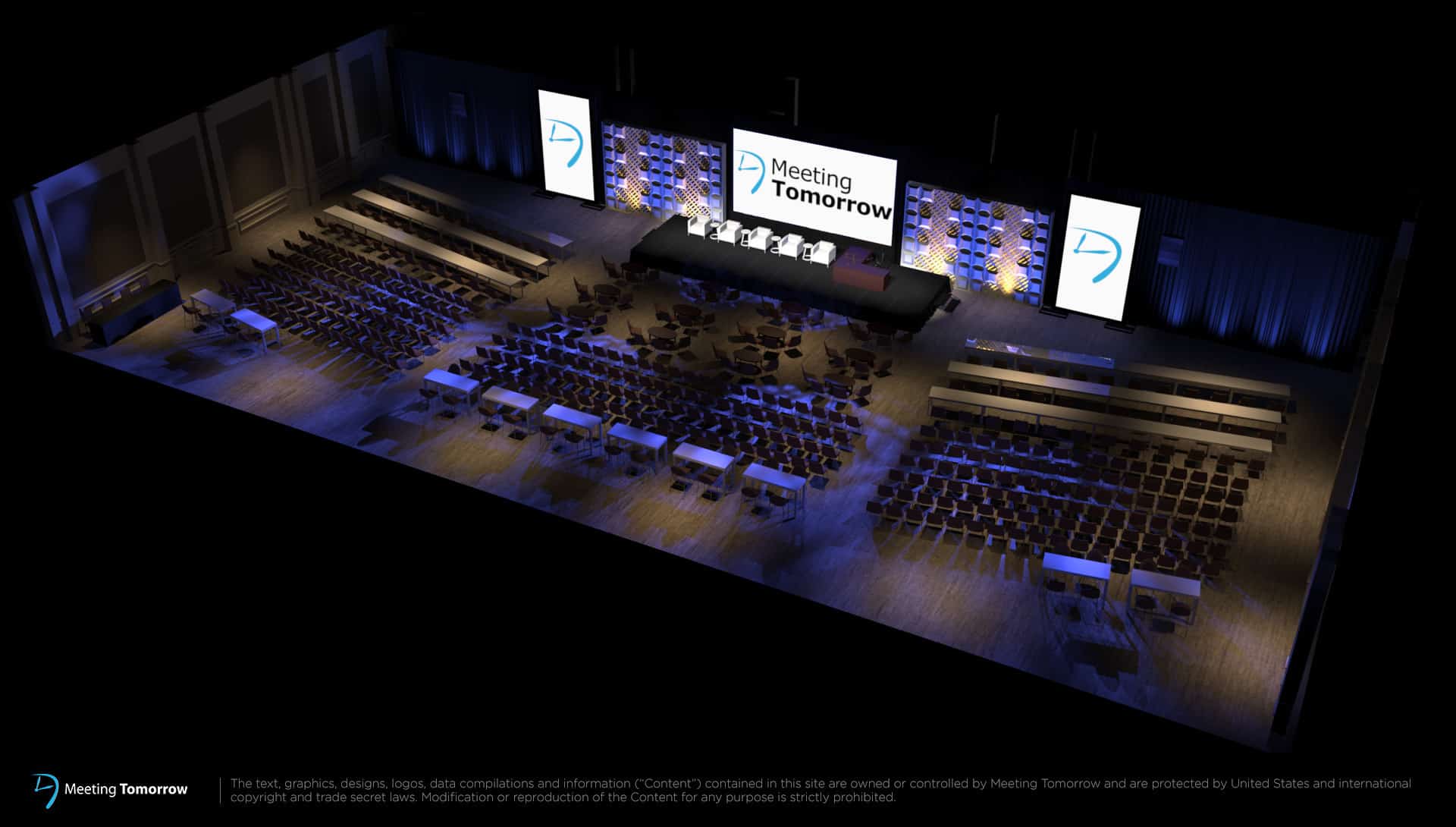Tips for selecting production companies in charlotte nc for your needs
Recognizing How Production Companies Run: An Overview to Their Refine and Offerings
Production companies play an essential duty in bringing imaginative visions to life. Their operations incorporate numerous stages, from the preliminary concept advancement to the last distribution of a job. Each stage requires mindful planning and sychronisation to assure success. Understanding these procedures can clarify the complexities behind the scenes. What aspects influence decision-making at each stage, and exactly how do they inevitably shape the final item?
The Principle Development Phase
The idea growth stage acts as the foundation of any successful production. During this stage, ideas are produced, fine-tuned, and taken shape right into a systematic vision. Production groups participate in conceptualizing sessions, checking out different themes and narratives that resonate with target audiences. This phase requires collaboration among manufacturers, writers, and directors, that jointly examine the usefulness and market capacity of these ideas.
Secret aspects include establishing the style, tone, and target group, which lead the innovative process. Research plays a necessary function, as teams analyze fads and target market preferences to educate their choices. Additionally, initial budgeting and source evaluations begin, guaranteeing that the concept straightens with offered capabilities - production companies in charlotte nc. By the end of this stage, a strong concept arises, prepared for the subsequent phases of development. This foundation is crucial for maneuvering the intricacies of manufacturing, inevitably establishing the stage for a task's success
Pre-Production Planning and Control
After solidifying the concept, manufacturing teams move into pre-production preparation and coordination, an essential phase that includes organizing the logistics essential for bringing the vision to life. During this phase, various components integrated, consisting of script completion, spreading, location looking, and budget plan monitoring. Teams develop timelines to guarantee that all elements of the task align with the desired shooting routine.
In addition, production planners secure licenses and insurance coverage, while communicating with crew participants and suppliers to confirm accessibility and sources (production companies in charlotte nc). This phase also highlights communication, as cooperation among directors, producers, and division heads is necessary for smooth operation
Detailed planning guarantees that prospective difficulties are determined and addressed proactively, reducing interruptions throughout shooting. Inevitably, reliable pre-production preparation lays the groundwork for a successful shooting experience, ensuring that all elements are in location to meet the innovative vision.
Production: The Filming Process
Shooting changes the thoroughly intended vision right into fact, recording efficiencies, visuals, and audio in a natural way. This phase includes the partnership of different departments, including audio, manufacturing, and cinematography layout, each adding to the total visual and narrative. The director overviews the stars, guaranteeing their performances straighten with the desired psychological tone, while the cinematographer catches the action through carefully picked shots and illumination methods.

Post-Production: Modifying and Completion
When the shooting procedure is total, the emphasis changes to post-production, where the raw video is changed right into a sleek end product. This stage involves several crucial steps, starting with modifying, where editors look through hours of video footage to choose the most effective takes and assemble them into a systematic narrative. They work very closely with supervisors to assure the vision is understood.
Audio style is one more critical facet, as audio tracks are fine-tuned, music is added, and audio results improve the seeing experience. Color adjustment follows, assuring aesthetic consistency and enhancing the state of mind of the movie. Aesthetic results, if required, are integrated effortlessly to produce immersive scenes.
Finally, the film goes through a high quality control process, checking for any kind of technological issues. This thorough focus to detail in post-production inevitably forms the final item, readying it for the following stages of release and target market engagement.

Circulation and Advertising And Marketing Approaches
An efficient circulation and marketing strategy is vital for a movie's success, as it establishes just how extensively the film reaches its intended audience. Production companies generally work together with suppliers to establish a release plan, picking platforms such as theaters, streaming services, or digital downloads. A well-timed theatrical launch can take full advantage of box office income, particularly when lined up with film festivals or seasonal trends.
Advertising and marketing initiatives usually consist of trailers, social media sites projects, and marketing events to generate buzz. Target target market evaluation plays a crucial function in crafting tailored messages that resonate with possible customers.
Furthermore, partnerships with influencers or sponsorships can amplify presence. The performance of these methods is measured through metrics like ticket sales and online involvement, notifying future campaigns. Inevitably, a cohesive distribution and advertising and marketing technique not only boosts a movie's visibility but additionally contributes considerably to its total earnings and durability in the market.
Regularly Asked Concerns
How Do Production Companies Secure Financing for Projects?
Production companies protected financing with numerous ways, including pre-sales, gives, private capitalists, crowdfunding, and partnerships with representatives or studios - production companies in charlotte nc. These approaches allow them to fund projects and handle financial dangers effectively throughout production
What Roles Do Directors and manufacturers Play in a Production?
Producers look after project growth, budgeting, and logistics, ensuring sources are readily available. Directors concentrate on the creative vision, directing stars and crew to achieve the desired creative end result, shaping the narrative and total production high quality.
Exactly How Are Casting Choices Made for a Job?
Casting choices are generally made with tryouts, where producers and directors examine stars based upon their performance, suitability for roles, and chemistry with other actors participants, usually influenced by agency suggestions or previous partnerships.
What Is the Ordinary Timeline for Finishing a Movie?
The ordinary timeline for finishing a movie read typically ranges from one to three years. This includes pre-production, shooting, and post-production stages, with each phase varying substantially based upon task scale and complexity.
How Do Production Companies Select Places for Shooting?
Production companies select shooting places based on elements like script requirements, budget constraints, ease of access, and aesthetic appeal. They typically carry out location scouts to evaluate possible websites and take into consideration logistical facets such as authorizations and area support. ## Comprehending Exactly How Production Companies Operate: A Guide to Their Refine and Offerings.
Production companies play an essential duty in bringing imaginative visions to life. Their procedures include various phases, from the first principle advancement to the final circulation of a task. Each stage requires mindful preparation and sychronisation to guarantee success. Recognizing these procedures can clarify the complexities behind the scenes. What variables affect decision-making at each stage, and just how do they inevitably shape the end product?
The Principle Advancement Phase
The concept growth stage functions as the foundation of any kind of effective manufacturing. Throughout this stage, concepts are produced, refined, and taken shape into a systematic vision. Production teams involve in brainstorming sessions, checking out various themes and stories that resonate with target audiences. This stage requires cooperation among supervisors, producers, and authors, who collectively analyze the expediency and market possibility of these concepts.
Trick elements consist of developing the category, target, and tone market, which lead the creative procedure. Study plays an important function, as teams analyze patterns and target market choices to inform their decisions. In addition, first budgeting and resource assessments begin, making sure that the concept aligns with offered capacities. By the end of this stage, a strong idea arises, all set for the subsequent stages of advancement. This groundwork is crucial for steering the complexities of production, ultimately setting the stage for a job's success.
Pre-Production Preparation and Control
After strengthening the principle, manufacturing teams move into pre-production planning and coordination, an important stage that entails arranging the logistics essential for bringing the vision to life. Throughout this anchor phase, numerous elements come together, including manuscript completion, spreading, area looking, and spending plan monitoring. Groups develop timelines to assure that all facets of the task straighten with the designated capturing routine.
Furthermore, production coordinators helpful site protected permits and insurance coverage, while liaising with crew members and suppliers to validate schedule and sources. This phase also stresses interaction, as partnership among supervisors, manufacturers, and department heads is crucial for smooth procedure.
Additionally, comprehensive planning warranties that possible difficulties are identified and addressed proactively, decreasing disruptions during filming. Eventually, effective pre-production preparation prepares for a successful capturing experience, making sure that all components remain in place to accomplish the innovative vision.
Production: The Filming Refine
Recording transforms the meticulously prepared vision right into truth, recording performances, visuals, and audio in a cohesive fashion. This stage involves the cooperation of various divisions, including manufacturing, audio, and cinematography design, each adding to the total visual and narrative. The supervisor guides the stars, guaranteeing their performances line up with the desired emotional tone, while the cinematographer catches the activity with very carefully chosen shots and lighting strategies.
Throughout filming, routines are securely complied with, as time and resources are usually limited. Each scene is shot several times to attain the wanted quality, with interest offered to mounting, continuity, and sound clearness. The production team works faithfully behind the scenes, managing equipment, collaborating places, and resolving any unanticipated difficulties. This vibrant setting cultivates creative thinking and adaptability, ultimately producing the raw footage that will later be fine-tuned in post-production, setting the stage for the end product.
Post-Production: Modifying and Finalization
Once the filming process is complete, the focus shifts to post-production, where the raw footage is changed right into a sleek end product. This phase involves a number of important actions, beginning with editing, where editors sort through hours of footage to pick the ideal takes and construct them right into a meaningful narrative. They work closely with supervisors to ensure the vision is recognized.
Sound layout is an additional vital facet, as audio tracks are fine-tuned, music is added, and audio results boost the checking out experience. Color correction follows, assuring aesthetic consistency and enhancing the state of mind of the film. Visual results, if needed, are integrated flawlessly to develop immersive scenes.
The film undertakes a high quality control process, inspecting for any technical issues. This meticulous attention to information in post-production eventually shapes the end product, readying it for the following stages of launch and audience interaction.
Distribution and Advertising And Marketing Methods
An effective circulation and advertising strategy is crucial for a film's success, as it establishes how extensively the film reaches its designated target market. Production companies usually team up with suppliers to develop a release plan, picking platforms such as movie theaters, streaming solutions, or digital downloads. A well-timed theatrical launch can maximize ticket office revenue, particularly when straightened with movie festivals or seasonal patterns.
Advertising and marketing efforts typically consist of trailers, social networks projects, and advertising occasions to generate buzz. Target audience evaluation plays an essential role in crafting tailored messages that reverberate with possible viewers.
Additionally, partnerships with influencers or sponsorships can enhance exposure. The performance of these strategies is measured with metrics like ticket sales and online involvement, informing future campaigns. Ultimately, a cohesive distribution and advertising technique not just boosts a movie's presence but also contributes significantly to its general earnings and durability out there.
Regularly Asked Inquiries
Just How Do Production Companies Secure Financing for Projects?
Production companies secure financing via numerous methods, consisting of pre-sales, gives, personal financiers, crowdfunding, and partnerships with studios or suppliers. These strategies allow them to finance tasks and take care of economic dangers successfully throughout manufacturing.
What Functions Do Producers and Directors Play in a Production?
Producers look after task advancement, budgeting, and logistics, making sure resources are available. Supervisors concentrate on the innovative vision, guiding stars and team to accomplish the desired imaginative result, shaping the narrative and total production quality.
Just How Are Casting Decisions Made for a Job?
Casting decisions are commonly made with auditions, where manufacturers and supervisors assess actors based on their efficiency, suitability for duties, and chemistry with other actors participants, frequently affected by company referrals or previous partnerships.
What Is the Average Timeline for Finishing a Film?
The ordinary timeline for completing a movie generally varies from one to three years. This includes pre-production, recording, and post-production phases, with each phase differing considerably based upon task scale and intricacy.
How Do Production Companies Select Areas for Filming?

Production companies select recording locations based on aspects like manuscript requirements, budget plan restraints, ease of access, and visual charm. They commonly perform location scouts to examine possible sites and think about logistical elements such as authorizations and community assistance.
After strengthening the principle, production teams move into pre-production planning and control, a crucial phase that entails arranging the logistics necessary for bringing the vision to life. Production companies select shooting areas based on variables like manuscript requirements, budget restrictions, availability, and visual allure. The principle development stage serves as the structure of any type of successful production. After strengthening the principle, manufacturing groups relocate right into pre-production preparation and control, a crucial phase that entails organizing the logistics needed for bringing the vision to life. Production companies pick shooting places based on aspects like script requirements, budget constraints, accessibility, and aesthetic allure.